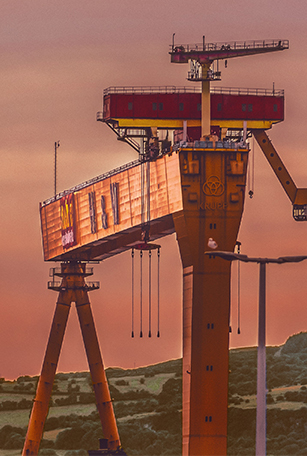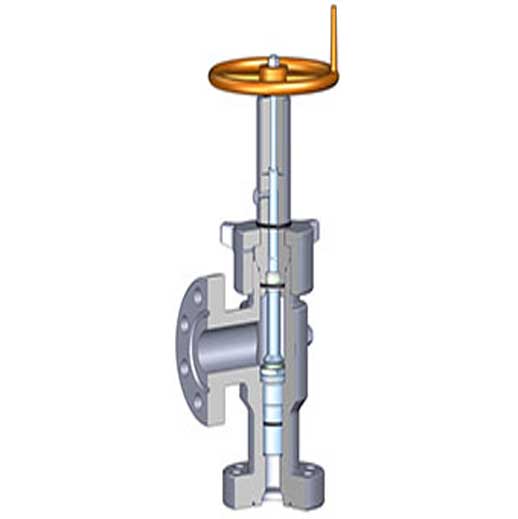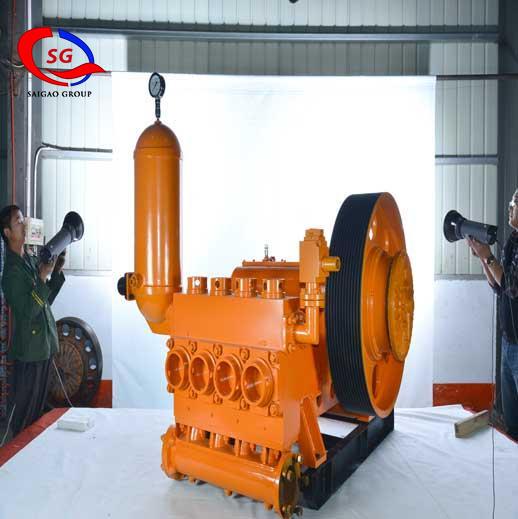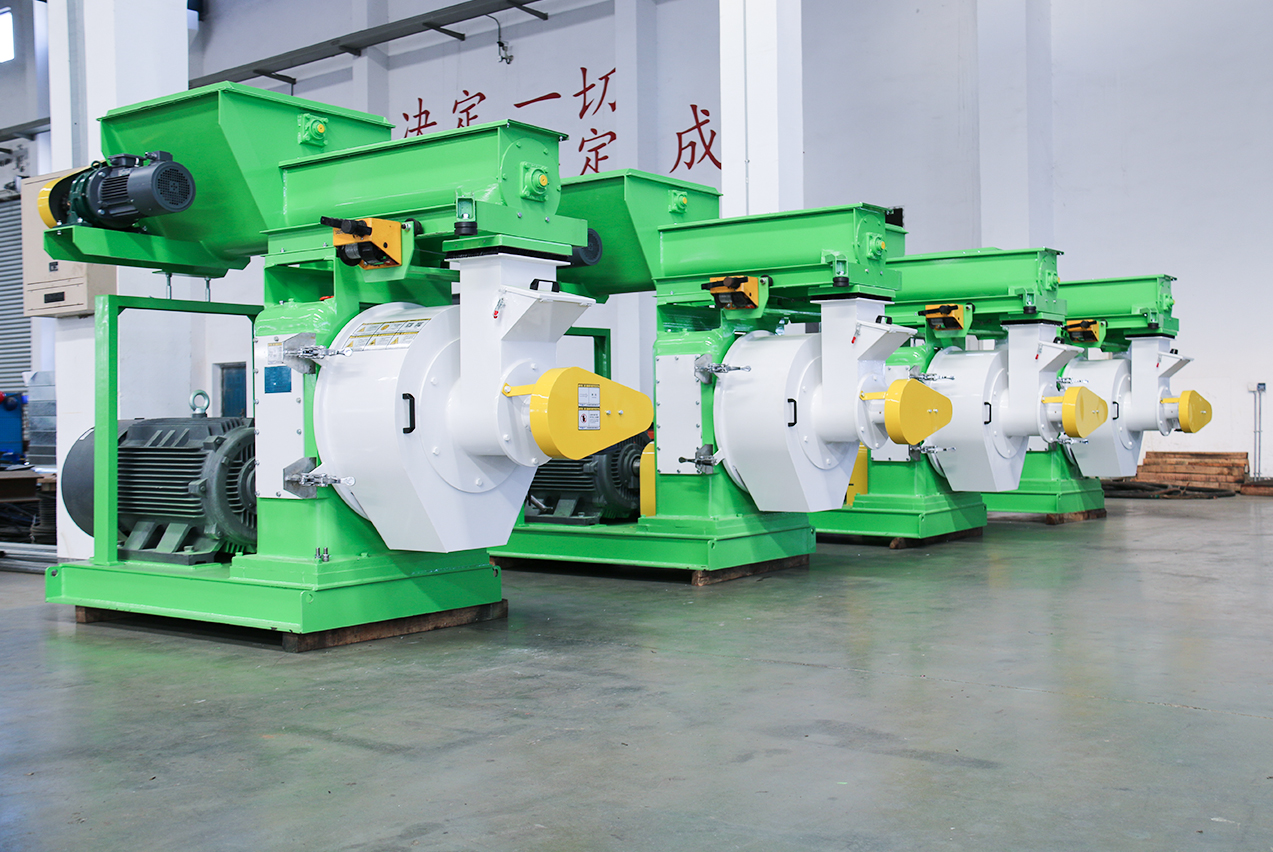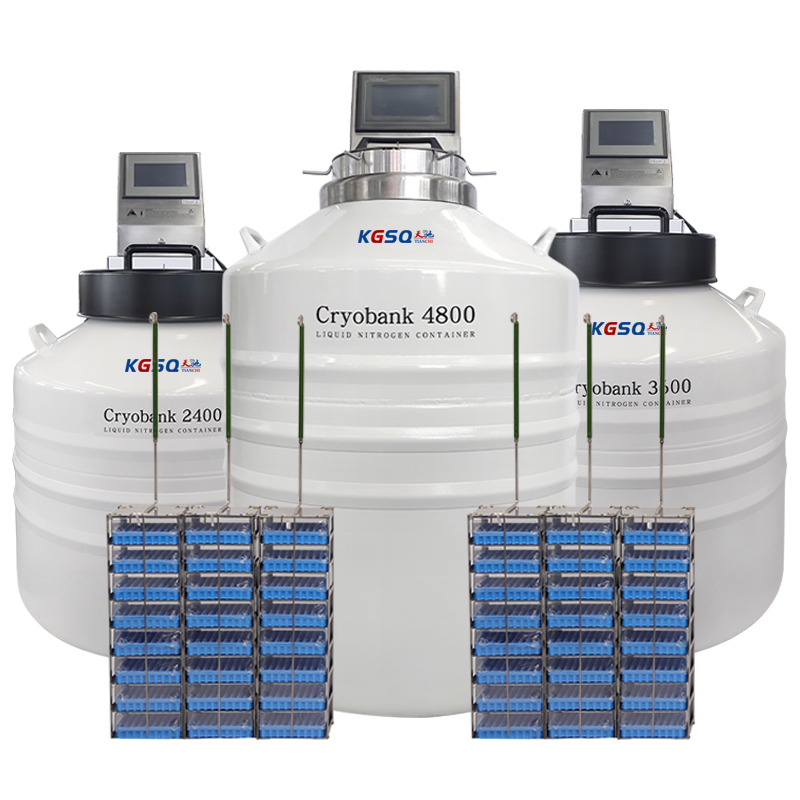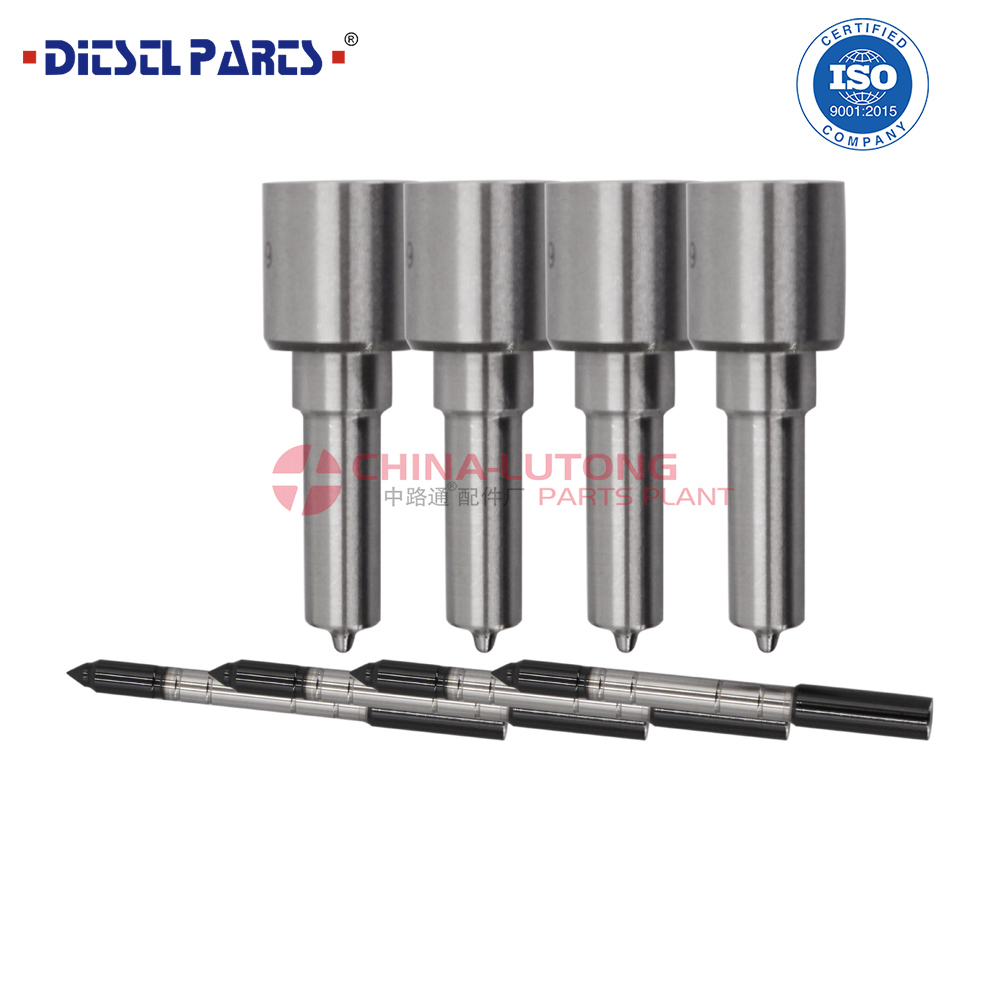Perforated Pipe
In the drilling process, in order to prevent the collapse of the hole wall, sand (water), water leakage, or to separate the water layer, the metal or non-metal pipe is used to drill into the borehole to maintain the drilling and ensure the normal drilling technology. Measures, called Perforated casing holes.
Features of Perforated Pipe:
Casing and perforated completion is the most common type of completion which is selected my many companies. For this completion, a production casing or a liner is cemented through reservoir zone(s) and subsequently, a well is perforated in order to provide communication between the formation and wellbore.
Perforation should ideally penetrate deeper rather than nearer a wellbore damage zone around a wellbore so fluid from a reservoir can effectively flow into a wellbore. Additionally, several depth control methods help to accurately select which section of reservoir to be perforated. Hence, undesired zones, such as gas, water or weak formation can be avoided and this will improve well production efficiency.
Cementing around the wellbore is one of the critical parts for this completion because good cement will effectively isolate all zones and allows a wellbore to produce from several zones without communication between reservoirs. Moreover, packers are run into a wellbore to isolate reservoir fluid when it flows into a wellbore.
Another important feature of this completion is the ability to selectively produce or inject into any reservoir. A sliding sleeve on each zone can be opened and closed to allow selective production or injection operation.
Applications of perforated casing pipe:
perforation in the context of oil wells refers to a hole punched in the casing or liner of an oil well to connect it to the reservoir. Creating a channel between the pay zone and the wellbore to cause oil and gas to flow to the wellbore easily. In cased hole completions, the well will be drilled down past the section of the formation desired for production and will have casing or a liner run in separating the formation from the well bore. The final stage of the completion will involve running in perforating guns, a string of shaped charges, down to the desired depth and firing them to perforate the casing or liner. A typical perforating gun can carry many dozens of explosive charges.
Commonly, perforation guns are run on E-line as it is traditional to use electrical signals from the surface to fire the guns. In more highly deviated wells, coiled tubingmay be used. Newer technologies allow the guns to be run on slickline. Modern slickline technology embeds fiber optic lines that can transmit two-way data on real-time temperature, pressure and seismic responses along the length of the slickline. This information allows very precise operations of various down-hole tools, including perforation guns.
The benefit of this strategy is greater control of the well. Casing the bottom of the hole allows the well to be completed without having to worry about reservoir fluids. It also allows precise selection of where in the formation production will be and to be able to seal off perforations, which are no longer useful or counterproductive, through cementing or straddling.
The disadvantage is that perforating can lead to "skin damage", where debris from the perforations can hinder productivity of the well. In order to mitigate this, perforating is commonly done underbalanced (lower pressure in the well bore than in the formation) as the lower well bore pressure will cause a surge of fluids into the well at the point of perforating, hopefully carrying the debris with it. Other methods of stimulation such as acidising and proppant fracturing are often required to overcome this damage and bring the well up to its full potential.
Casing and perforating as a method of completion is common place nowadays, though in some unconsolidated formations prone to production of sand (BP Harding as an example), open hole completions using only sandscreens may be the preferred choice.
Oil Well Perforation may be basically classified in two types a) Overbalanced Perforating and b) Underbalanced Perforating. Overbalanced perforating is normally carried out with the help of Perforating Guns or Hollow carriers. In Overbalanced Perforation the weight of the Well-bore Column is more than the Reservoir Pressure, thus it normally ensures that the Well does not start flowing oil or gas immediately after perforation. However, it may have the effect of damaging the formation due to forced entry of well-bore fluid (mud) into the reservoir.
Technical Specifications of Perforated Pipe:
Perforated casing is manufacturing with API casing, joints with size up to diameter 20"and length R3. Every joints perforated is deburred internal and external. Upon request,we can drill standard or customized hole size in any number and nay patter.
|
Pipe Size |
Holes per feet |
Size of hole |
Perforated Area per Feet |
|
3/4" |
78 |
3/16" |
|
|
1" |
54 |
5/16" |
|
|
1-1/4" |
66 |
5/16" |
|
|
1-1/2" |
78 |
5/16" |
|
|
2-1/16" |
78 |
5/16" |
|
|
2-3/8" |
90 |
3/8" |
|
|
2-7/8" |
102 |
3/8" |
|
|
3-1/2" |
126 |
3/8" |
|
|
4" |
138 |
3/8" |
|
|
4-1/2" |
150 |
3/8" |
|
|
5" |
162 |
3/8" |
|
|
5-1/2" |
174 |
3/8" |
|
|
6-5/8" |
186 |
3/8" |
|
|
7" |
222 |
3/8" |
|
|
9-5/8" |
294 |
3/8" |
As one of the most professional perforated pipe manufacturers, Saigao Groupprovides cement basket drilling, perforated casing completion, oilfield cementing toolsand etc. Saigao products are not only popular in China, but also exported to Russia, Brazil, Australia, South Africa and other countries and regions.
在线联系供应商
Other supplier products
| Drill Pipe | The china drill pipeis a steel pipe with a tail thread for connecting the surface equipment of the drilling rig and the drilling equipment or botto... | |
| BW450 / 5 Horizontal Three Cylinder Reciprocating Single Acting Piston Pump | BW450/ 5 Mud Pump is widely used in mining, drilling, coal, railway, highway, water conservancy and hydropower, bridges, high-rise buildings, found... | |
| Lifting Sub | Lifting Subis a special above ground tool for lifting drilling tools in oil and gas industry and geologic exploration. It resembles a pup joint, an... | |
| Choke Valve | Choke valve oil and gasis a valve that controls the flow of a fluid by changing a throttle section or a throttle length. The choke valve and the ch... | |
| BW1500/12 Horizontal Four Cylinder Reciprocating Single Acting Piston Pump | Four 1500/12 mud pump is horizontal four cylinder reciprocation single acting piston pump. It is widely used in mining, drilling, coal, railway, h... |
Same products
| Floral Garden Tools Set | 卖方: Dongyang Guorui Industry And Trade Co., Ltd. | Investing in a floral garden tools set not only enhances your gardening experience but also add... | |
| Rice Husk Pellet Machine | 卖方: Jiangsu Kingwood Industrial Co., Ltd. | ● JWZL-420 is the most popular biomass/woodpellet machine of all the pellet mills offered by Ch... | |
| 希腊-小型气相液氮储存罐-液氮容器 | 卖方: 河南天之道生物科技有限公司 | 在科技不断进步的今天,随着现代科研和医疗领域对生物样本的低温保存要求越来越高,小型气相液氮罐的出现,成为这一领域的理想选择。下面KGSQ厂家为您具体介绍一下它的优势特点。 1.气相/液相储存 小... | |
| Common Rail FuCommon Rail Fuel Injector Nozzle L500PBCel Injector Nozzle L500PBC | 卖方: 738347 | Common Rail Fuel Injector Nozzle L500PBC 0 445 110 189 Injector Valve Set 0 445 110 190 Injector... | |
| Common Rail FueCommon Rail Fuel Injector Nozzle F00VX40014l Injector Nozzle F00VX40014 | 卖方: 738347 | Common Rail Fuel Injector Nozzle F00VX40014 Common Rail Fuel Injector Nozzle F340 Common Rail ... |









